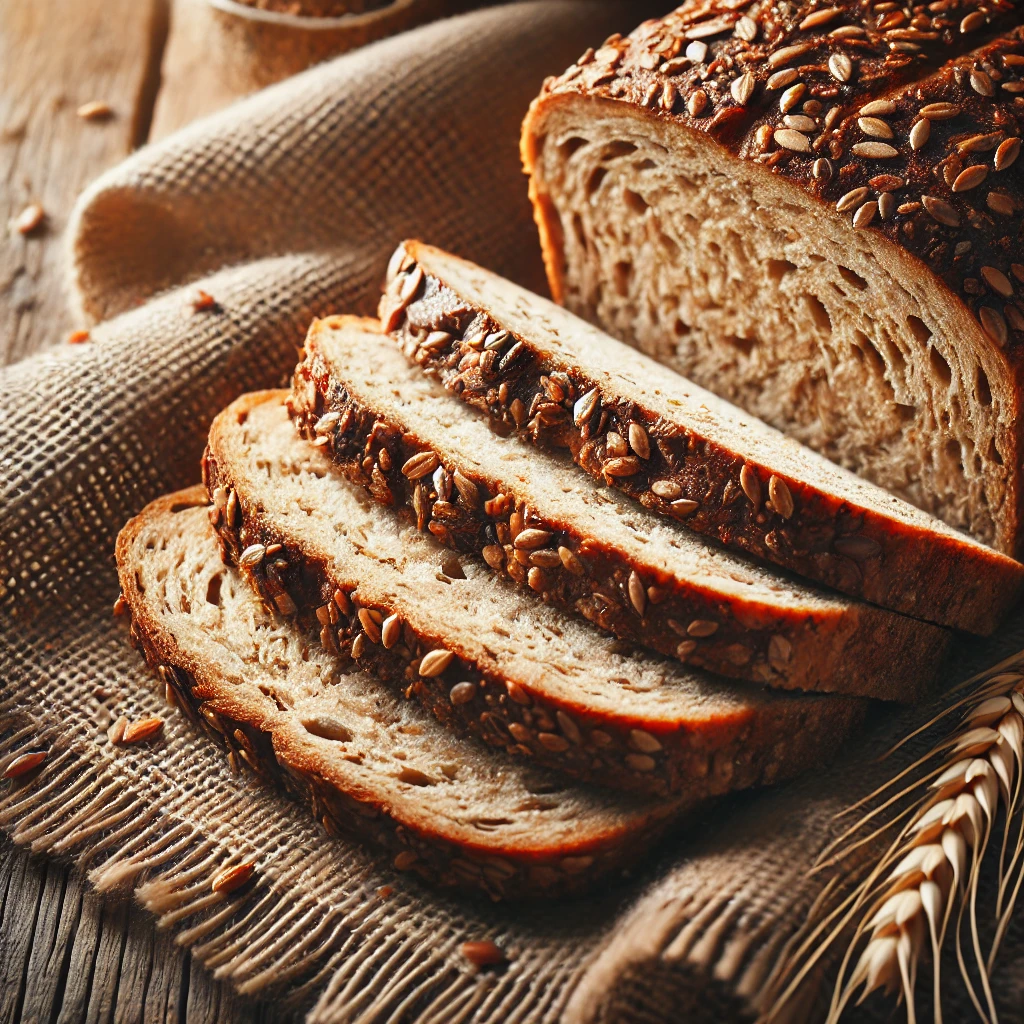Is Modern Wheat Bad For You? What to Know
Published: May 30, 2024
Key Takeaways:
- “Modern wheat” refers to wheat that has been refined and processed for mass production, which may lead to reduced nutrient content compared to ancient grains.
- Ancient grains, such as quinoa and spelt, offer higher concentrations of micronutrients like iron and magnesium.
- For individuals without gluten intolerance, modern wheat is not inherently harmful; choosing whole grain options over refined products remains crucial for optimal health.
What Is Modern Wheat?
Modern wheat refers primarily to varieties like Triticum vulgare (or aestivum), T. durum, and T. compactum, which are cultivated for large-scale food production. While this processing boosts crop yield and reduces costs, it often comes with decreased nutrient density.
Modern Wheat vs. Ancient Grains:
Ancient grains are grains that have remained relatively unchanged for hundreds of years. Popular examples include quinoa, spelt, millet, amaranth, barley, and farro. According to studies, these grains often contain more minerals, such as iron, zinc, and magnesium, compared to modern wheat. This decline in nutrient content is due to the processing techniques employed in modern agriculture.
However, while ancient grains provide additional nutritional benefits, current scientific evidence does not suggest that modern wheat, when consumed in whole grain form, poses any significant health risk.
Is Modern Wheat Really Bad for You?
For the general population without gluten intolerance or celiac disease, there is no definitive evidence to label modern wheat as “bad.” That said, processed and refined forms of modern wheat—such as white bread and pastries—often lack the fiber and essential nutrients found in whole-grain products.
Healthier Wheat Choices:
- Opt for Whole Grains: When shopping, check the ingredients label for whole grains as the first ingredient and look for terms like “100% whole wheat” or “whole grain.”
- Higher Fiber and Protein: Whole grain options often contain more fiber and protein, supporting better digestion and satiety.
Common Types of Modern Wheat
- Triticum vulgare (or aestivum): Most commonly used in bread, cakes, and cookies.
- T. durum: Used for making semolina found in pasta.
- T. compactum: Found in candies and cookies.
Are Ancient Grains Healthier?
Nutritional Benefits:
Ancient grains tend to retain their original nutrient profiles, offering a richer concentration of vitamins, minerals, and fiber. For example:
- Quinoa, Spelt, and Millet: Provide fiber, iron, magnesium, and other essential nutrients.
- Phytates and Nutrient Absorption: Sprouting grains reduces phytate content, enhancing the bioavailability of minerals.
Ancient Grains and Gluten-Free Diets:
Not all ancient grains are gluten-free. While options like quinoa and millet are gluten-free, grains such as spelt and farro contain gluten. For those with gluten sensitivities, it’s important to choose certified gluten-free grains.
FAQs on Modern Wheat and Ancient Grains
Is modern wheat genetically modified?
No, modern wheat is developed through traditional breeding techniques and is not genetically modified (GMO).
Can ancient grains replace modern wheat in recipes?
Yes, but expect a different texture and flavor. Gluten-free grains may need binding agents in baking.
Where to buy ancient grains?
You can find them in health food stores, specialty grocery sections, and online retailers.
Are ancient grains environmentally sustainable?
Yes, they often require fewer resources like water and synthetic fertilizers, contributing to more resilient and sustainable agriculture practices.
The Bottom Line
While modern wheat may not be as nutrient-dense as ancient grains, it is not inherently harmful. Making the switch to whole grain options and incorporating a diverse array of grains in your diet can improve overall health and wellness. Whether you choose modern or ancient grains, prioritizing whole grains ensures you get the nutritional benefits needed for a healthy lifestyle.
For more information and tips on incorporating healthy grains into your diet, explore our recipes and meal plans on slyacademy.com. Remember, balance is key when it comes to nutrition!



 4.1 Attribution Theory and Person Perception: Why We Judge People the Way We Do (Even When We’re Totally Wrong) Let’s be honest. We’ve all
4.1 Attribution Theory and Person Perception: Why We Judge People the Way We Do (Even When We’re Totally Wrong) Let’s be honest. We’ve all



